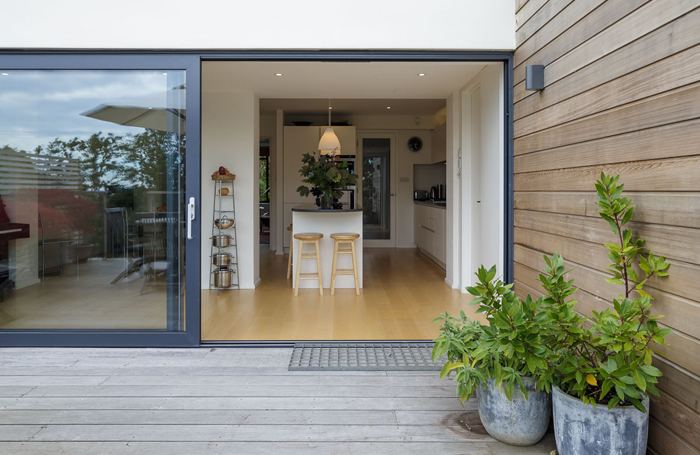The one or two-person practice can look like a separate profession to those working in large offices, prompting some to question whether the micro practice is sustainable as a business model.
Marianne Davys, sole practitioner and author of ‘Small Practice and the Sole Practitioner’, argues that the future is bright for micro practices as long as they are based on a viable business model.
Based on her own experience, Davys knows that micro-practitioners can run a profitable business and earn comparable salaries to architects employed by larger practices.
Yet success as a small practitioner means different things to different people and is not only about profit. The decision to set up a small practice in a home office might be a lifestyle choice.
Not all small practices are set up to grow, many will stay small, perhaps in a home office, with a business plan that year-on-year looks very similar. The practice with ambitions to grow will adjust its business plan each year and may choose to operate from rented accommodation rather than a home office.
The small practice targeting a geographic area has to be geared to the type of work that market research shows to be locally available in that area. In bigger cities, nearly all sole practitioners and very small practices specialise in domestic work – extensions, refurbishment and conservation work – with a smaller percentage of new build work or small commercial projects such as doctor’s surgeries.

Davys has analysed the elements common to all very small practices that are needed for financial viability.
The Business Plan – no matter how small the practice a simple business plan updated yearly should be produced and should include a cash flow forecast and a profit and loss forecast. Forecasts should be monitored monthly and corrective action taken when necessary and at the earliest opportunity.
Low overheads – the overheads of a very small practice should be kept as low as possible. Overheads should be regularly analysed to check they are affordable whatever the size or location of the office.
Company directors can agree to take a small salary to keep the overheads low and top up their income with dividends when the practice income permits.
Skill, experience, productivity – the sole practitioner, or the two-person practice, must have all the relevant skills to carry out the projects that come into the office and be able to work at the right pace to meet reasonable deadlines. The sole practitioner must also know how to run a business and when to buy in other skills when required.
Working with a small contractor as many sole practitioners will do, is often harder than working with a large firm that can call in specialists as needed. Like the small practitioner, the small builder will be multi-tasking too, and will want to see working details and instructions on how something should be built.
Working efficiently – the sole practitioner has to consider all the tasks in the office and evaluate how much of their own time is spent on fee-earning tasks that require skills and experience versus time spent on basic admin tasks.
When taking on a junior employee, the sole practitioner must also get the balance right between the cost of a more experienced person, who can work with less supervision, and a less experienced person, who will cost less, but require more training and supervision.
Organisation – the very small practice has to be highly organized with good systems in place for the running of multiple small projects and admin tasks in a consistent manner.
Workload – the practice must have a continuous workload and a strategy for bringing in work. A good reputation and a wide circle of contacts in the industry will help.
Appropriate Fees – lastly, but most importantly, is getting paid. Knowing how to calculate what is the right fee on each job that comes into the office is crucial. The right fee for the practice is the fee that is paid on time and covers the salaries and overheads as well as generating a profit.
Setting up a micro-practice requires self-analysis and a realistic check of your own skill set before taking the plunge, particularly if it is in response to the offer of a single project.
‘You have to be a certain type of person and a jack-of-all-trades. You also have to be a bit of a psychologist when dealing with domestic clients and you have to enjoy being on site and working with small contractors. You have to decide whether you are happy running several projects at the same time and you have to enjoy working with people and constantly re-prioritising tasks in the office,’ says Davys.
Davy’s own formula for success: ‘I can afford to put a lot of senior architect time into small jobs because the practice overheads are relatively low. I spend a lot of time on site and with clients responding to all their requests.
'The jobs are all fully detailed and specified so contractors have all the information they need to work efficiently. That is how I get the next job by word of mouth recommendation and how I can always find good small contractors willing to tender.’
Thanks to Marianne Davys, principal, Marianne Davys Architects.
Text by Neal Morris. This is a ‘Practice News’ post edited by the RIBA Practice team. The team would like to hear your feedback and ideas for Practice News: practice@riba.org.
Posted on 20 December 2017.









